
|
NEWSLETTER #51 - JUNE 2005
Members will have noticed that the US pages sometimes carry an earlier date than the main newsletter. This is because the US page is added to the main paper newsletter when it is circulated in the US in arrear of the UK edition, so it is actually published between UK paper editions.
Page 1 | Page 2
A selection of cards from Frank Litaudon, of Aer Lingus operations in France, with additional Irish content cards from Leonardo Pinzauti and my own collection.
Franks first card, actually appears in the “WORTH A SECOND GLANCE” glance section, as it is of a unique Aer Lingus DC-3 illustrating the re-connencement of service to Europe in 1946. Apart from the DC-3 s featured there at le Bourget, there are also two cards by Editions PI of Aer Lingus Viscounts at that site.
By May 1954 introduction of the Viscount had enabled network expansion beyond the route to Amsterdam opened later in 1947. Expansion in France was to generate Aer Lingus’ longest route, a seasonal service to Rennes in Brittany with its strong Celtic links and continuing to Lourdes to support pilgrimage traffic. In 1955 Rennes was flown via Jersey with Lourdes either direct or as a stop on service to Barcelona or Biarritz. Biarritz did not survive but the other French destinations also had service from Cork from 1961.
Aer Lingus at Rennes. Close up and aerial views of bare-metal DC-3. The close up is EI-ACT St Colman.
In fact the rise of Ryanair parallels the decline of the airport postcard. However two recent cards are known. Ryanair features on a multiview card from Hahn airport in Germany (dubiously claimed to be Frankfurt by the carrier).
Assisted by info from Peter Marson’s History
In 1947 the Irish Government established an airline to operate as a subsidiary of Aer Lingus and develop transatlantic routes for which there was seen to be heavy demand from the Irish descended population of the USA. Aerlinte Eireann ordered four of the latest L749 series Constellation. After production delays the first 3 were delivered in a formation flight across the Atlantic to Shannon in Sep 1947. But following a change of government the project was abandoned in 1948 after only proving flights had been flown. The Connies had also been used for Aer Lingus services to London and, briefly for 6 weeks, to Rome. They were subsequently all sold to BOAC and became their G-ALA- series.
The idea of serving the US Irish community was too attractive not to be tried again and in 1952 an agreement was signed with Seaboard Western to lease Super Constellations to revive the service. The first westbound flight was on 28 April 1958, following a pre-inaugural eastbound flight which ended up 20 hours late after engine problems at Gander. This card was produced for the inaugural flight and has been submitted by both Bill Baird and Alan Van Wickler. The pre-postmarking appears to be common to all copies.
Uniquely those lost in this disaster are commemorated at the departure Airport. A statue of the Virgin Mary has stood in various landside locations there and can be identified on many such postcards including this blow up, where it is seen in lawns by the tower.
From material by Ronny Vogt, Zurich
Robert Loraine, long associated with the Criterion Theatre in London, was the first man to fly across the Irish Sea, when he flew from Holyhead in North Wales to Howth, County Dublin on September 11, 1910. Although Denys Corbett-Wilson is often credited with making the first Irish Sea crossing, Loraine was in fact the first. He actually flew inland over Ireland searching for a place to land and when forced to turn back towards the sea, he then came down a few hundred years from the shore. As one observer said at the time: "Loraine may not have landed on Irish soil, but he certainly landed in Irish water". Loraine then swam to the shore.
But there were soon lives lost in the attempts to cross the Irish Sea: Damer Leslie Allen was born in Limerick on January 30, 1878. He earned his wings on February 20, 1912, receiving Royal Aero Club Aviator’s Certficate No. 183. Only two months later, on April 17, 1912, he left Hendon, together with Denys Corbett Wilson, in order to become the first pilots to cross the Irish Sea with a flight Hendon – Chester – Holyhead – Dublin. Both pilots used a Blériot XI monoplane. Allen successfully reached Chester racecourse in the evening of April 17, at 6.43 p.m., being the first pilot to fly into Chester. He left Chester again early next morning at 6.00 a.m., flying over Holyhead at 7.50 a.m.
D L Allan at Chester Roodee Racecourse.
Denys Corbett Wilson was more lucky. After some bad luck on April 17 when he had to spend the night in a small village a few miles short of Chester, he managed to cross the Irish Sea successfully on April 22 with a flight from Goodwick in Wales to Enniscorthy.
“Shortly after 11.30 this morning Dublin folk with keen ears heard a strange noise in the air, and, on looking up they saw at a tremendous height, a bird man making in the direction of Phoenix Park. Amongst Dublin airmen hopes were temporarily raised that it might be the missing aviator, Allen, who might have been quietly sequestered since last heard of, in either Wicklow or Welsh hills. But such was not the case. It was Mr Vivian Hewitt who made all the noise in crossing the city, and who subsequently landed safely in the Phoenix Park, near the Royal Hibernian Military School. There were a number of people about at the time and some of the boys at the school who were out of doors raised cheers for the intrepid aviator. Mr Hewitt subsequently told a representative of the “Mail” that the flight had been a most trying one and that he had lost sight of land shortly after leaving Holyhead. There was a heavy fog at the time and for fifty minutes he saw nothing appertaining to the earth. “I then saw the Wicklow Hills and changed course to the North East” said Mr Hewitt “Which brought me over the city at about two thousand feet. My real trouble came when I struck several air pockets. On one occasion over trinity College the machine was nearly turned upside down on me. After crossing Guinness’s Brewery I hit a pocket which ws the worst I ever met and thought my flight was going to finish in the Liffey”
The following day, when leaving Dublin, Hewitt offered a special thanks to members of the Dublin Metropolitan Police who had protected his aeroplane from “members of the fair sex who tried to inscribe their names on my machine. I do not like people writing their names on the canvas as someone with a hard pencil will bore holes through the fabric covering”
Hewitt became a long term resident of Rhyl from where this card was published ( Ernest Jones, Water St) and posted ( from London & NW Railway convalescent home to their Crewe Goods depot 27 Aug 1912).
By Ronny Vogt, Zurich
A favourite card from Ken Jones to add to those in issue 50
This British pilot, flying a French Deperdussin machine, had set off from Hendon at four in the morning of 24th July 1911 on the second leg of the daily Mail race and descended at Kelham Bridge, near Newark, for a pre-arranged refreshment stop. No doubt the hot tea and plate of sandwiches were eagerly devoured on that cold morning before he was able to resume his journey, watched by a large crowd of spectators.
This second leg of the race consisted of the 343 miles from Hendon to Edinburgh, via Harrogate and Newcastle, and he was one of only three competitors to complete the journey that same day. He went on to finish the race at Brooklands in third place, although he was fully two days behind the winner, Frenchman Andre Beaumont. This was due to the fact that he suffered a long delay when forced to make an emergency landing in Scotland when his aircraft sustained a badly damaged rudder and propeller.
It is sometimes quite surprising how fast first flights in the then Empire followed progress at home. A card recently auctioned on the Internet followed the general rule that the collecting process is a means whereby postal items eventually return to their point of departure. It shows, apparently, the first ever aviation meeting in Singapore which took place in March 1911 and this card, pub. Max Hilckes in Singapore, shows the Belgian aviator Joseph Christiaens (1882-1936) in his Bristol Boxkite about to take off.
|
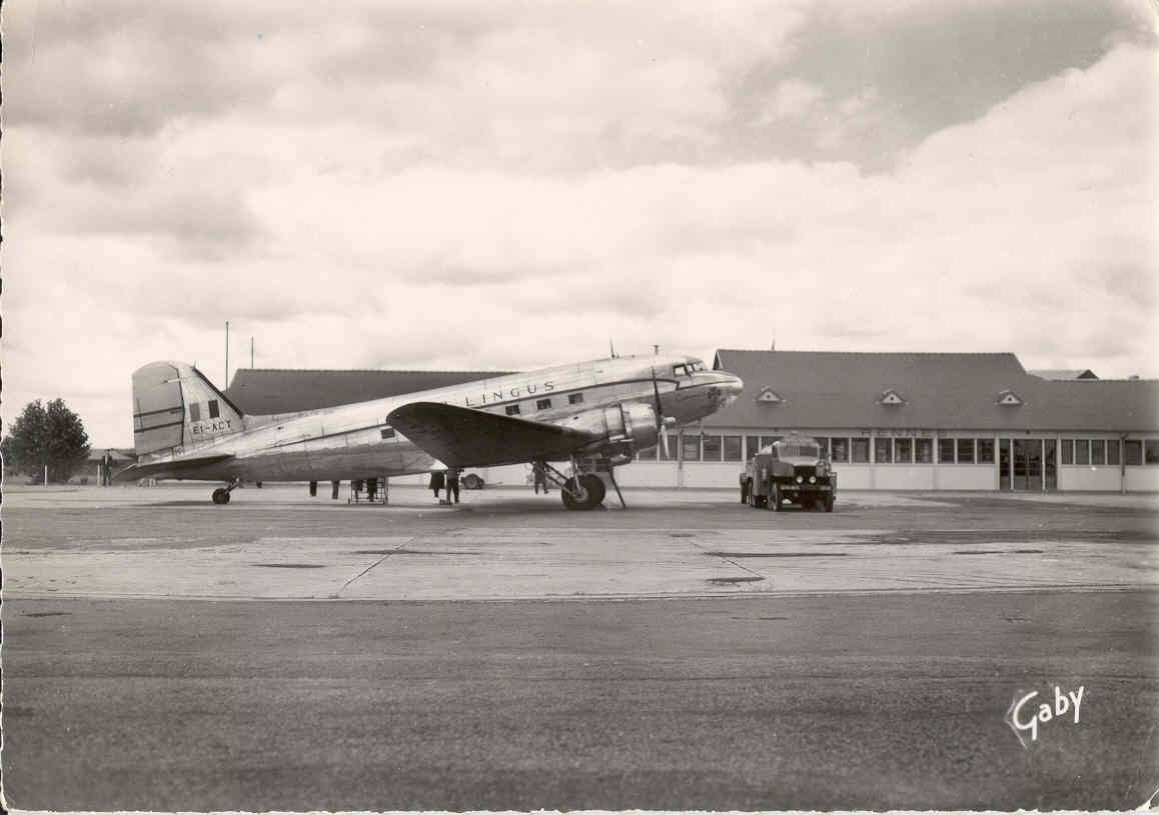
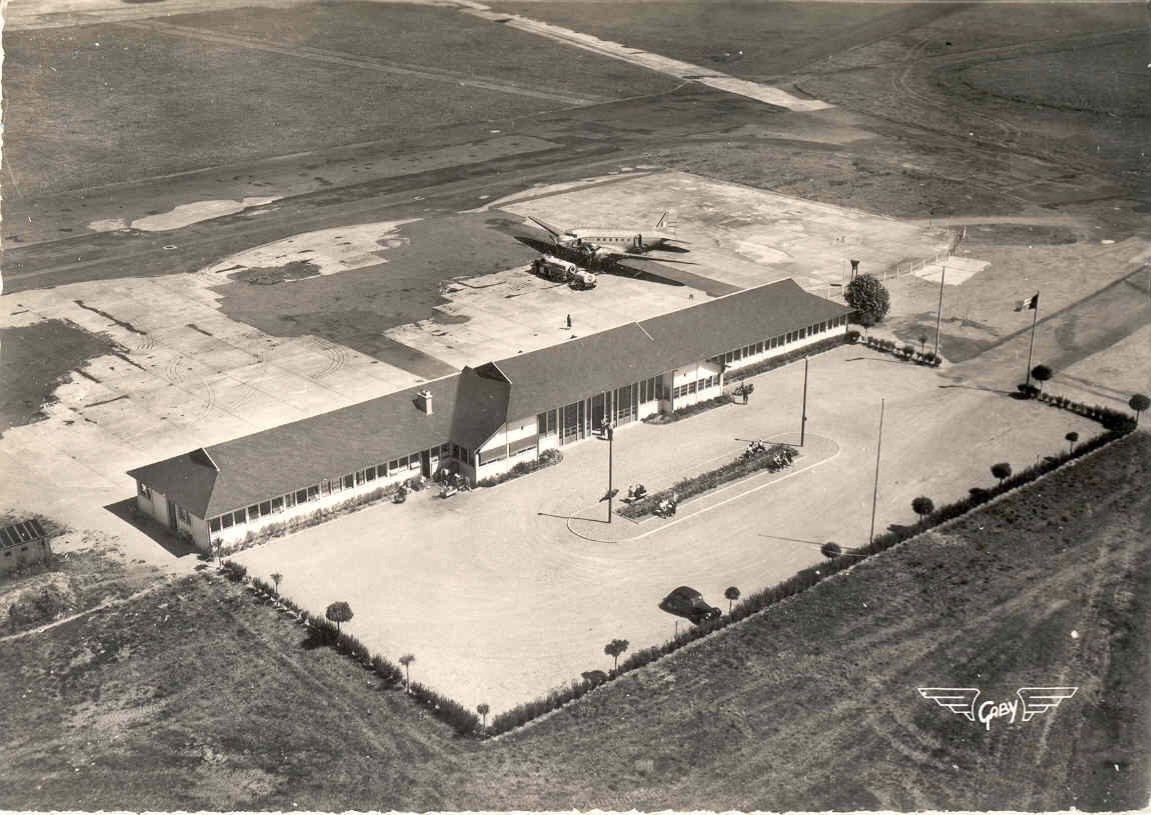
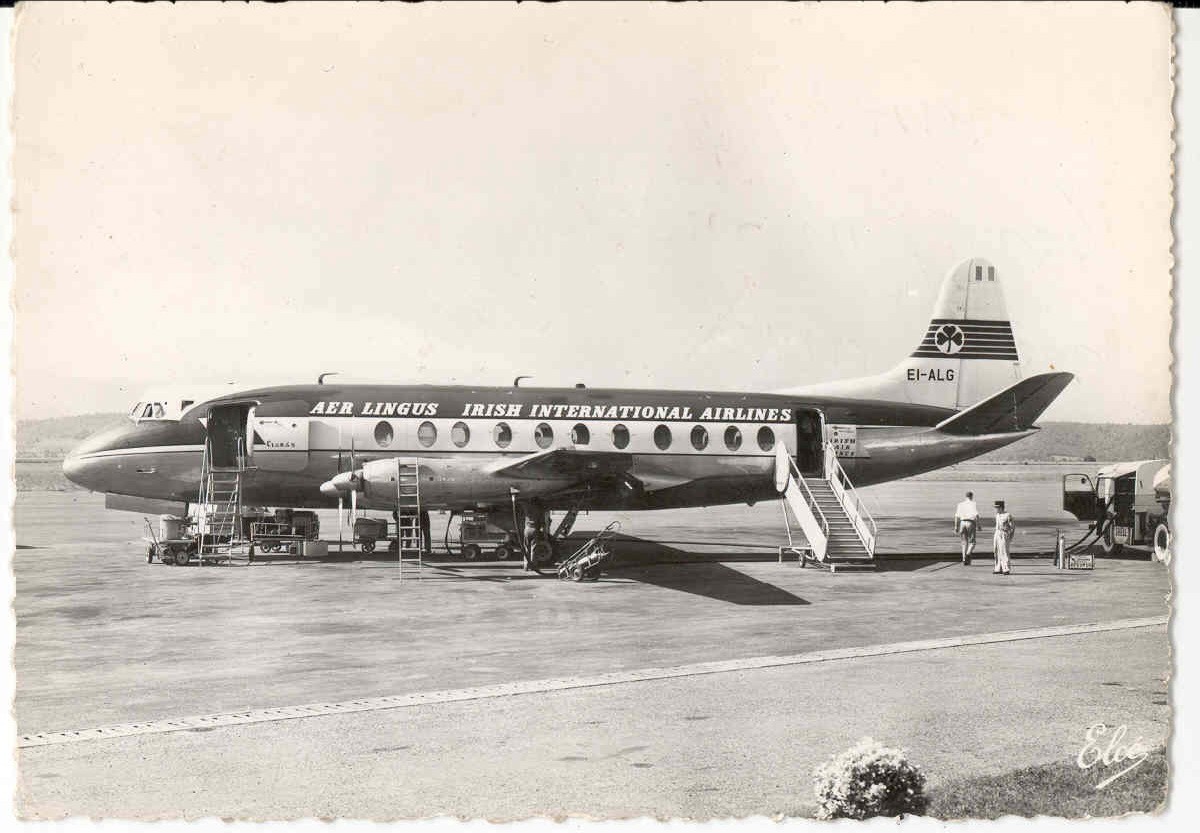

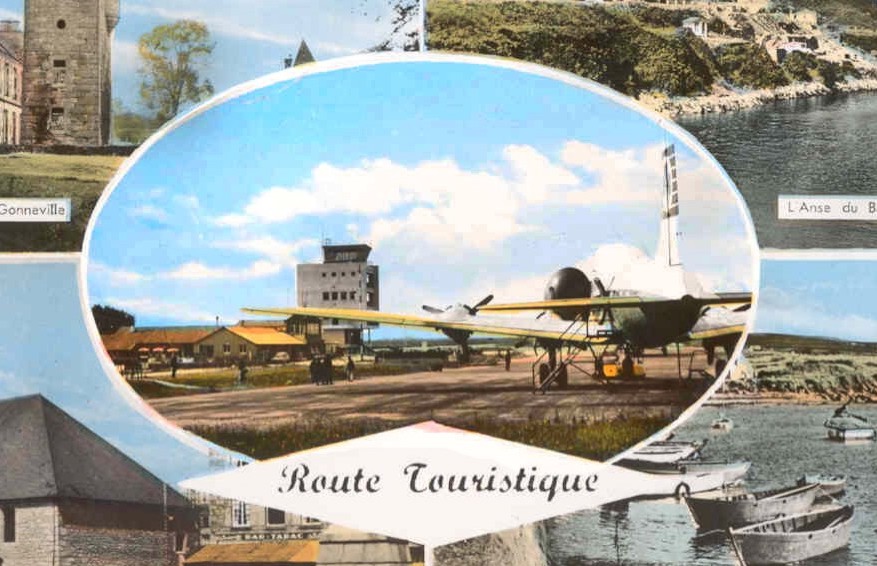
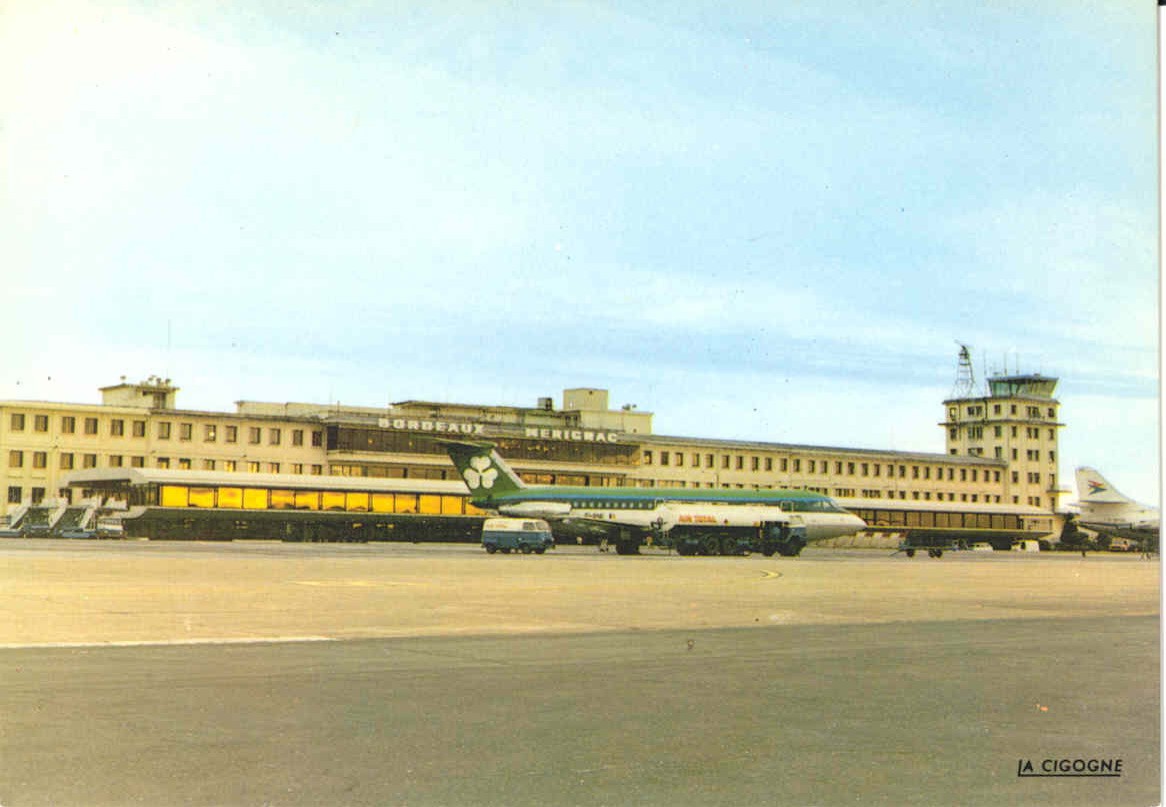

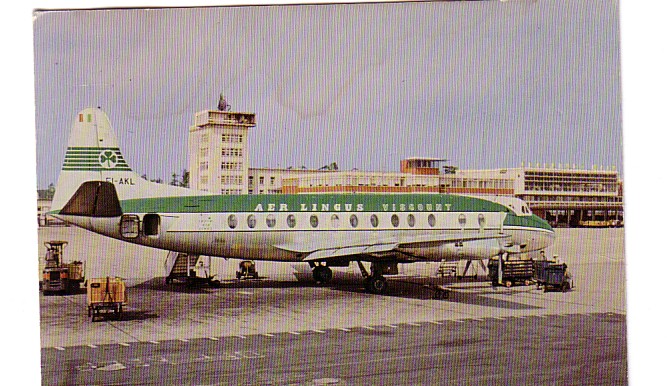

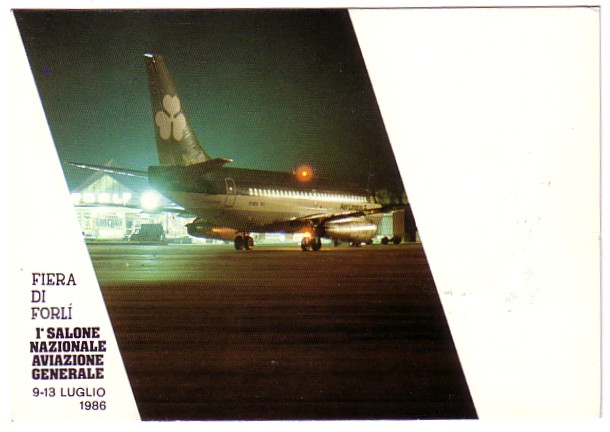
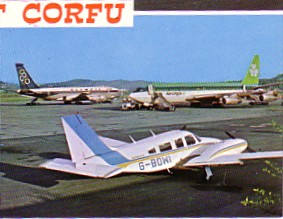

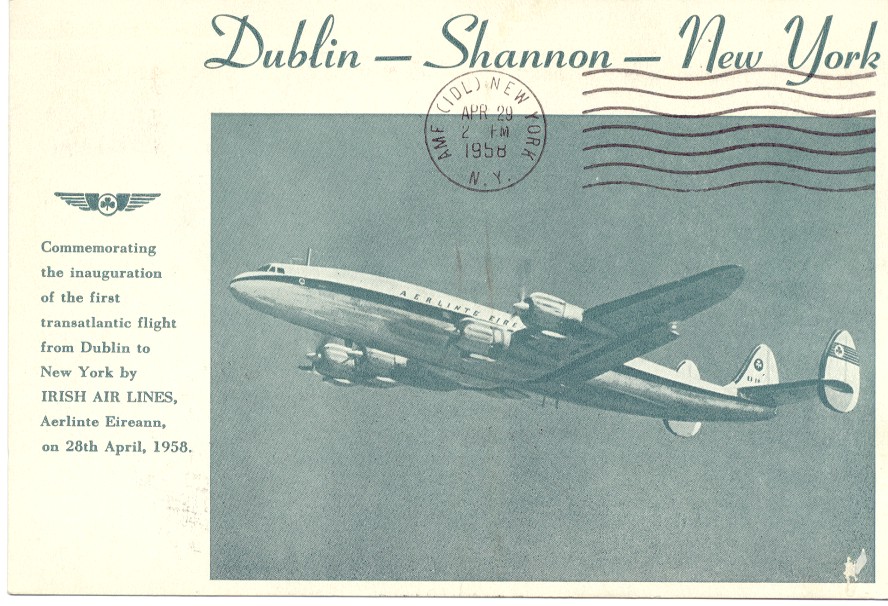

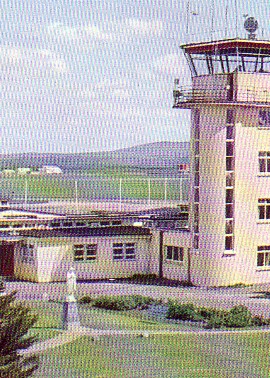 We forget now just how relatively hazardous travel in the classic propliners was. KLM alone lost two Super Constellations after leaving Shannon. One of these PH-LKY Triton piloted by one of KLM s most experienced captains Adriaan Viruly, only got as far as the River Shannon where it stalled onto mud banks in Sept 1954. Many of the fatalities were caused by fuel fumes rather than impact and amazingly, Shannon knew nothing of the accident until 2 hours later after the co-pilot and navigator had waded ashore.
We forget now just how relatively hazardous travel in the classic propliners was. KLM alone lost two Super Constellations after leaving Shannon. One of these PH-LKY Triton piloted by one of KLM s most experienced captains Adriaan Viruly, only got as far as the River Shannon where it stalled onto mud banks in Sept 1954. Many of the fatalities were caused by fuel fumes rather than impact and amazingly, Shannon knew nothing of the accident until 2 hours later after the co-pilot and navigator had waded ashore.
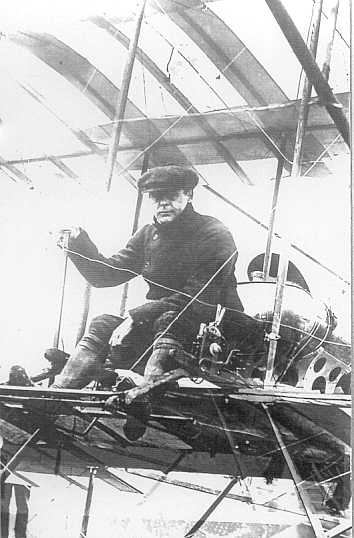 The late Spike Milligan had a song “I m walking backwards for Christmas across the Irish Sea….”. Here we are concerned with flying forwards across those waters. Whereas the first English Channel crossing by Bleriot is well known, the first crossing of the Irish sea is both little known and subject to disputes of definition.
The late Spike Milligan had a song “I m walking backwards for Christmas across the Irish Sea….”. Here we are concerned with flying forwards across those waters. Whereas the first English Channel crossing by Bleriot is well known, the first crossing of the Irish sea is both little known and subject to disputes of definition.
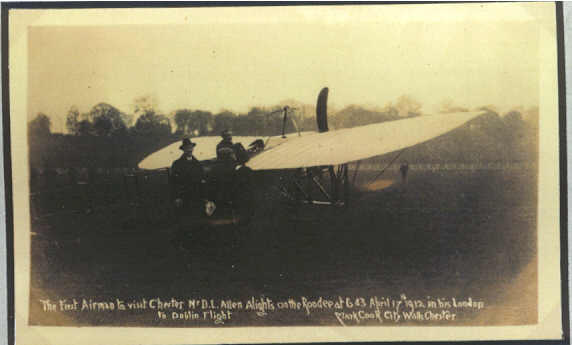


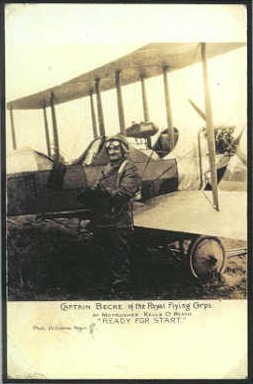 It would be generally assumed that the first “overseas” deployment of the RFC was to France in 1914 but geographically but not politically, an earlier sea-crossing had been performed in 1913 to British-ruled Ireland. The occasion was manoeuvres to be held at Rathbane Camp, Co Limerick in September 1913. No 2 squadron of the newly formed Royal Flying Corps (RFC) was to participate with 4 BE.2 aircraft. The four, flown by Capt Becke, Capt Mclean Capt Dawes and Lt Waldron left their base at Montrose, Scotland on Sept 2 and crossed by the shortest route via Stranraer with a landing at Newcastle, Co Down. They returned from Kells, Co Meath by the same route on Sept 25th. Postcards of Capt Becke and his aircraft recorded the departure from County Meath, the vertical one, titled “Ready to Start” being posted from there on October 16th.
It would be generally assumed that the first “overseas” deployment of the RFC was to France in 1914 but geographically but not politically, an earlier sea-crossing had been performed in 1913 to British-ruled Ireland. The occasion was manoeuvres to be held at Rathbane Camp, Co Limerick in September 1913. No 2 squadron of the newly formed Royal Flying Corps (RFC) was to participate with 4 BE.2 aircraft. The four, flown by Capt Becke, Capt Mclean Capt Dawes and Lt Waldron left their base at Montrose, Scotland on Sept 2 and crossed by the shortest route via Stranraer with a landing at Newcastle, Co Down. They returned from Kells, Co Meath by the same route on Sept 25th. Postcards of Capt Becke and his aircraft recorded the departure from County Meath, the vertical one, titled “Ready to Start” being posted from there on October 16th.
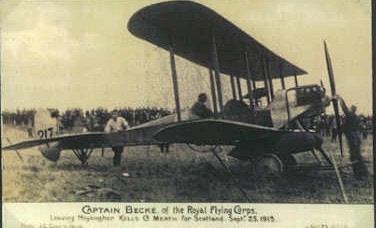
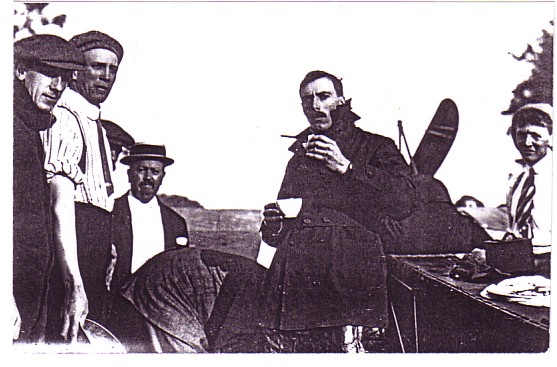 One card from my own collection which sums up the pioneer age perfectly for me is this picture of James Valentine taking part in the 1911 Circuit of Britain Race.
One card from my own collection which sums up the pioneer age perfectly for me is this picture of James Valentine taking part in the 1911 Circuit of Britain Race.
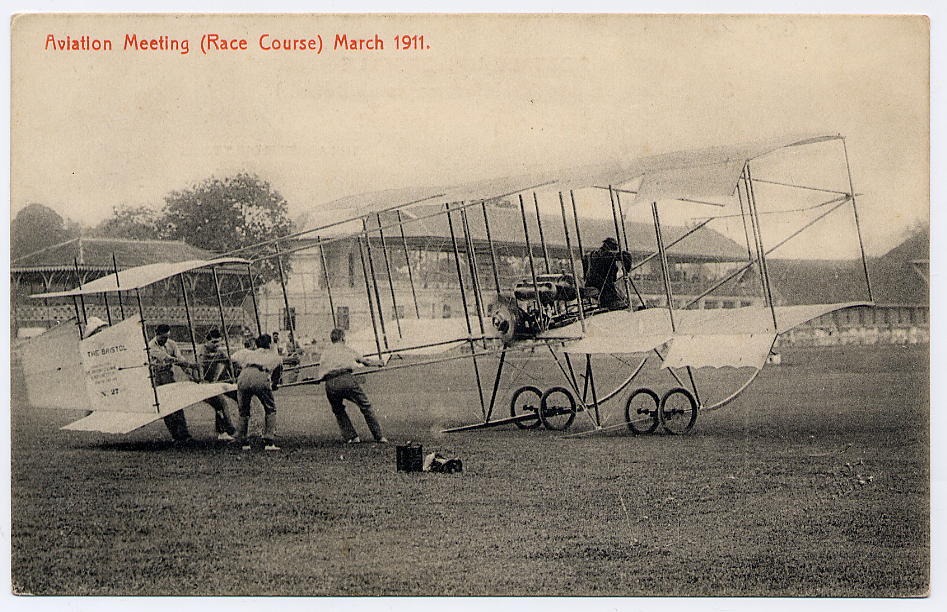 The card was posted at Newark on the day of the race with a message “Valentine No 14, the first flying man to visit Newark this morning in the big field at Kelham for petrol and breakfast – 5 or 6 have gone over the town -24/7/1911.
The card was posted at Newark on the day of the race with a message “Valentine No 14, the first flying man to visit Newark this morning in the big field at Kelham for petrol and breakfast – 5 or 6 have gone over the town -24/7/1911.